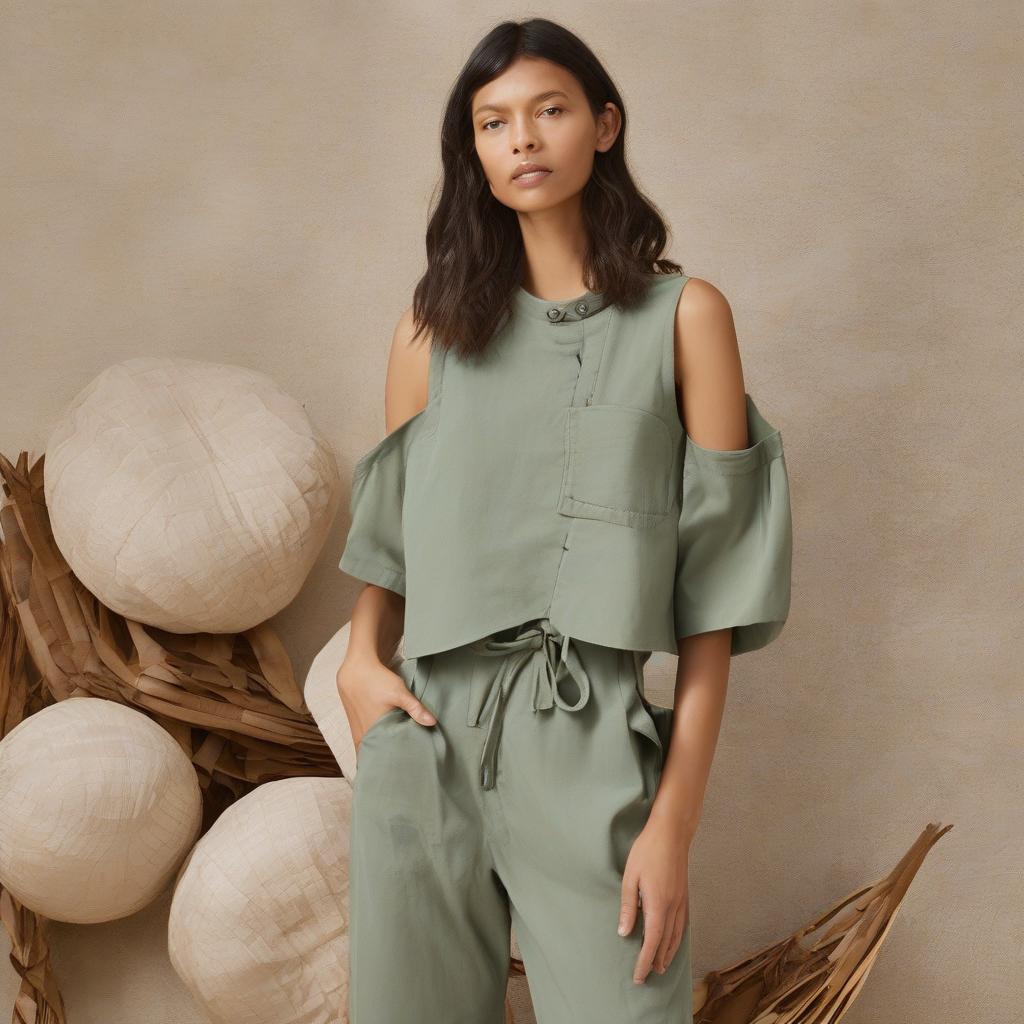Are you passionate about fashion but also concerned about the environmental and ethical impact of the industry? Creating a sustainable fashion brand allows you to marry your love for style with a commitment to making a positive difference in the world. In this guide, we’ll explore how you can build a clothing line using sustainable materials and ethical practices, from sourcing eco-friendly fabrics to implementing fair labor standards. Get ready to embark on a journey towards greener, more conscious fashion!
Why Sustainable Fashion?
Addressing Environmental Concerns
The fashion industry is notorious for its environmental footprint, from water pollution and chemical use in textile production to carbon emissions from manufacturing and transportation. By opting for sustainable materials and production methods, you can minimize your brand’s impact on the planet and contribute to the preservation of natural resources and ecosystems.
Promoting Ethical Practices
In addition to environmental considerations, ethical concerns such as fair labor practices and worker rights are central to sustainable fashion. By prioritizing fair wages, safe working conditions, and transparency in your supply chain, you can support the well-being of garment workers and promote social justice within the industry.
Getting Started
Define Your Values and Mission
Before diving into the world of sustainable fashion, take some time to define your brand’s values and mission. What issues are most important to you, whether it’s environmental conservation, social justice, or animal welfare? Your values will serve as the foundation for your brand identity and guide your decision-making process as you navigate the complexities of the fashion industry.
Research Sustainable Materials
Next, familiarize yourself with sustainable materials and their benefits and limitations. Look for fabrics that are made from renewable resources, produced using eco-friendly processes, and certified by reputable organizations such as GOTS (Global Organic Textile Standard) or OEKO-TEX. Common sustainable materials include organic cotton, hemp, bamboo, Tencel, and recycled polyester. Consider factors such as durability, comfort, and end-of-life disposal when selecting materials for your clothing line.
Establish Ethical Supply Chains
Building transparent and ethical supply chains is essential for ensuring that your clothing line upholds fair labor standards and minimizes harm to workers and communities. Partner with suppliers and manufacturers who share your commitment to ethical practices and are willing to provide transparency into their operations. Conduct regular audits and inspections to ensure compliance with labor laws and ethical standards throughout your supply chain.
Designing Sustainable Clothing
Create Timeless Designs
When designing your clothing line, aim for timeless styles that transcend trends and seasons. By focusing on classic silhouettes and versatile pieces, you can encourage longevity and reduce the need for frequent wardrobe updates. Consider the longevity and versatility of each design, ensuring that it can be worn for years to come and styled in multiple ways to suit different occasions.
Prioritize Quality and Craftsmanship
Quality is key when it comes to sustainable fashion. Invest in skilled craftsmanship and attention to detail to ensure that your garments are durable, well-made, and built to last. Choose high-quality materials that feel good against the skin and maintain their integrity wash after wash. By prioritizing quality over quantity, you can reduce the environmental impact of your clothing line and provide customers with garments they’ll cherish for years.
Embrace Minimalist Packaging
Extend your commitment to sustainability beyond the garments themselves by opting for minimalist and eco-friendly packaging. Choose recycled and recyclable materials for packaging and shipping materials, and minimize excess packaging wherever possible. Consider alternatives to plastic such as compostable mailers, recycled paper wrapping, or reusable fabric bags. By reducing packaging waste, you can further reduce your brand’s environmental footprint and align with the values of eco-conscious consumers.
Marketing Your Sustainable Fashion Brand
Tell Your Story
Share the story behind your sustainable fashion brand and what sets you apart from traditional fashion labels. Highlight your commitment to sustainability, ethical practices, and transparency in your supply chain. Use your website, social media channels, and marketing materials to educate consumers about the environmental and social impact of the fashion industry and empower them to make more conscious purchasing decisions.
Collaborate with Like-Minded Partners
Collaborate with other sustainable brands, influencers, and organizations to amplify your message and reach a wider audience. Partner with eco-conscious retailers, fashion bloggers, and influencers who share your values and can help promote your brand to their followers. Consider participating in pop-up events, trunk shows, and eco-conscious fashion showcases to showcase your designs and connect with potential customers in person.
Educate and Engage Your Audience
Educate your audience about the benefits of sustainable fashion and the importance of making ethical purchasing decisions. Share informative content such as blog posts, videos, and infographics that highlight topics such as sustainable materials, ethical production methods, and the impact of fast fashion on the planet and people. Engage with your audience by soliciting feedback, answering questions, and fostering discussions about sustainability and fashion.
Conclusion
Creating a sustainable fashion brand is not just about making clothes; it’s about making a difference. By prioritizing sustainability, ethical practices, and transparency, you can build a clothing line that not only looks good but also does good for the planet and people. Whether you’re a seasoned designer or a budding entrepreneur, the world of sustainable fashion offers endless opportunities for creativity, innovation, and positive impact. So, take the first step towards greener fashion and embark on a journey towards a more sustainable future—one stylish garment at a time!


